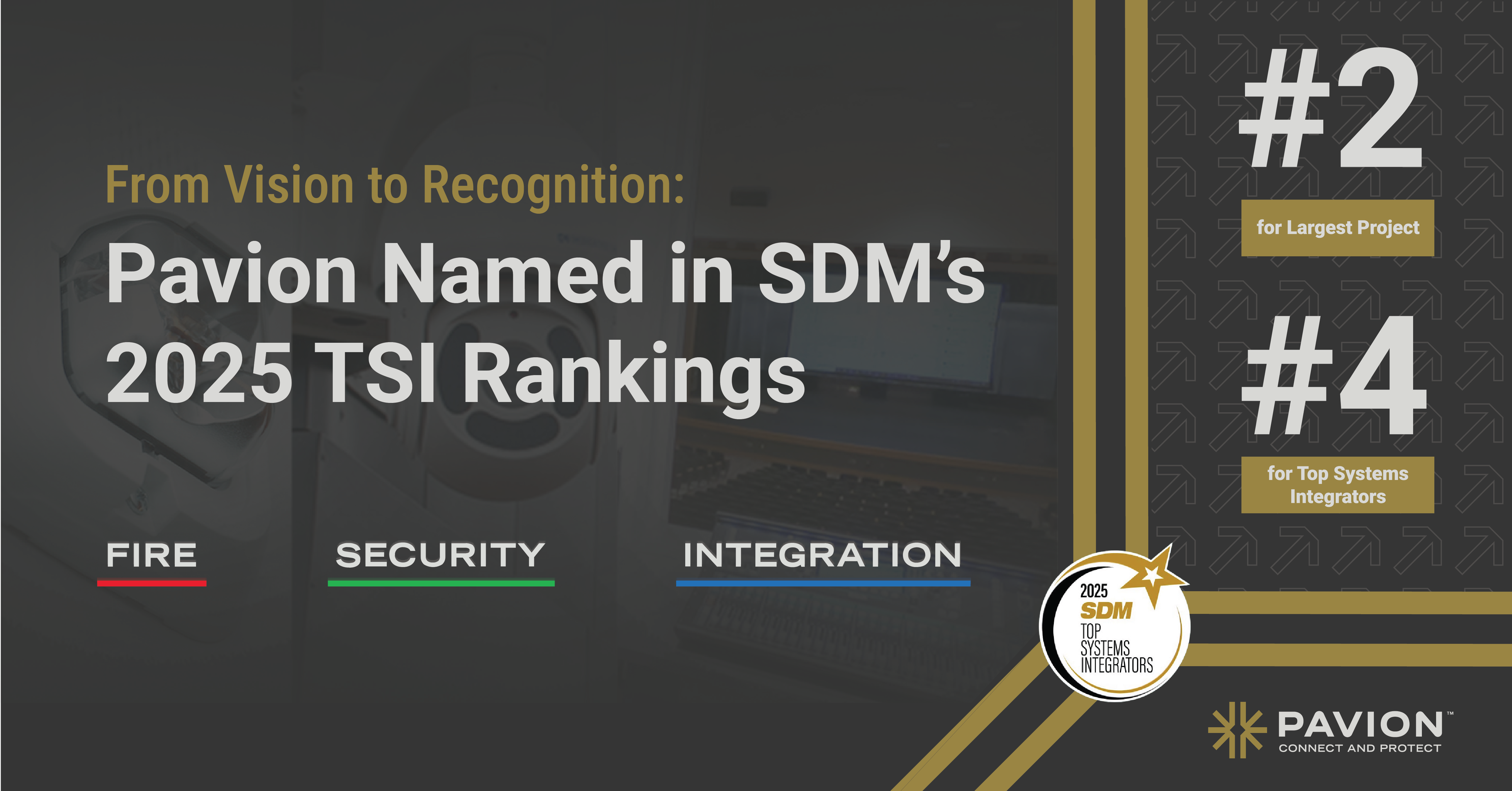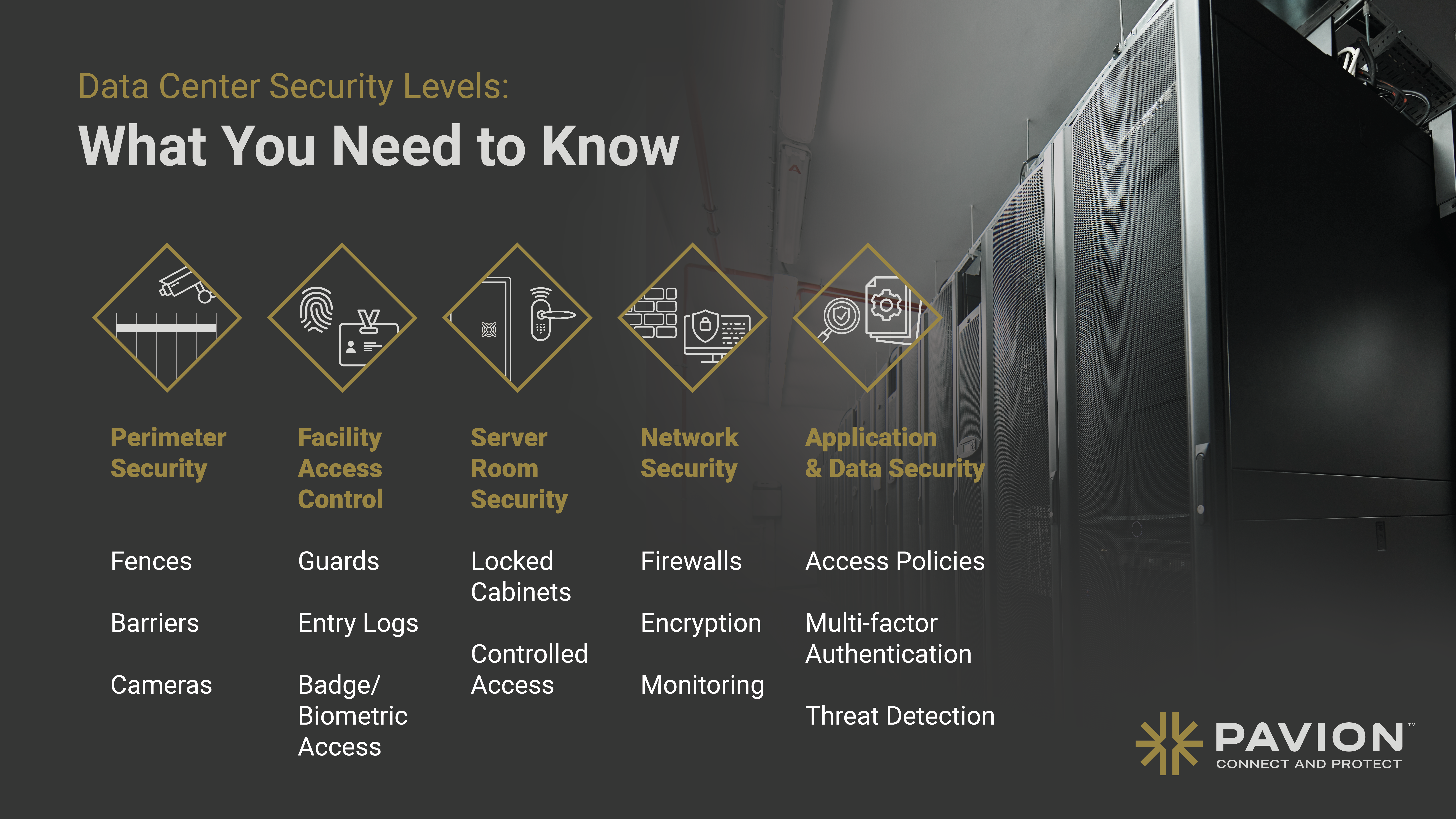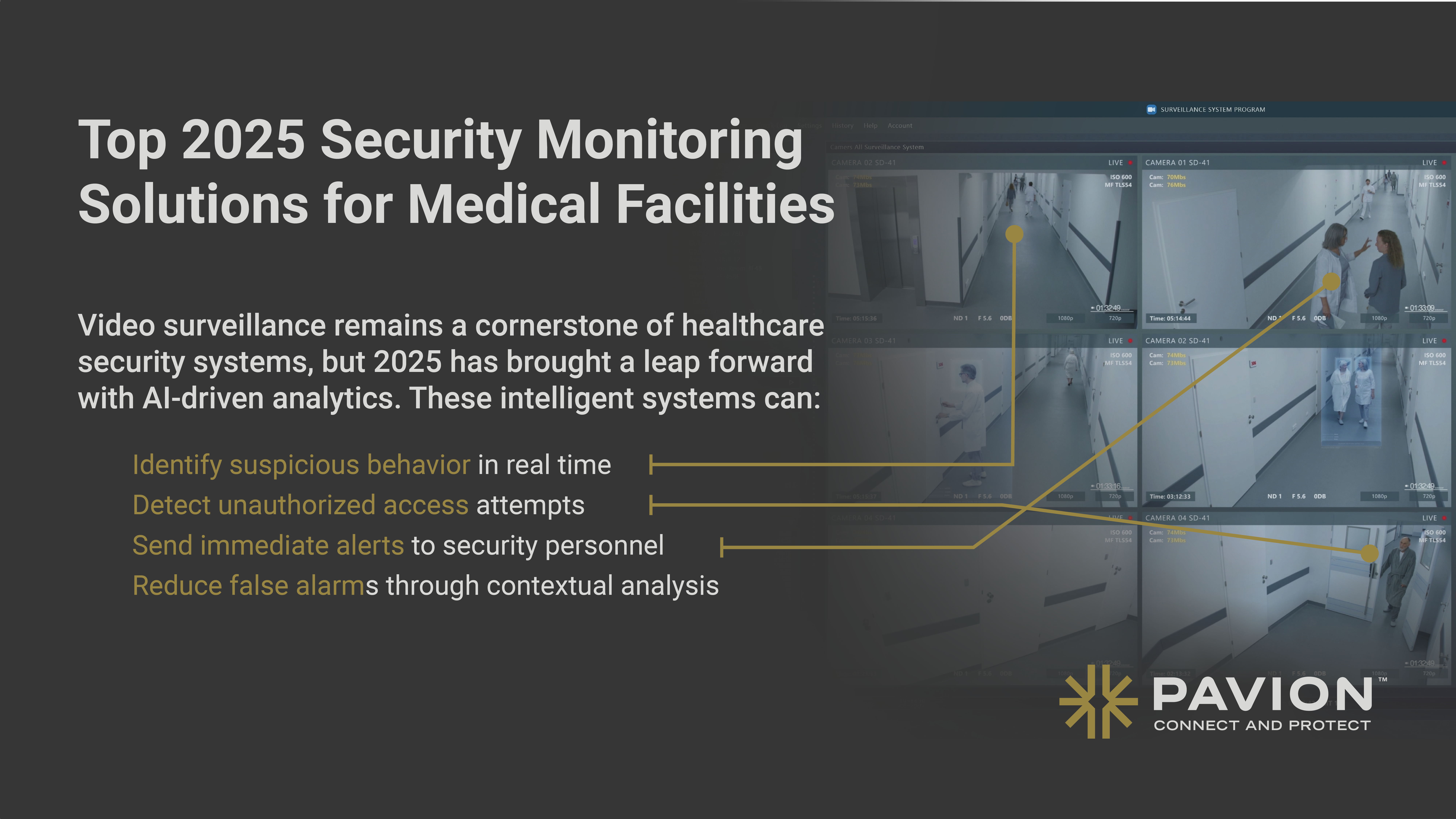
Cost-Effectiveness of AI Video Surveillance in Retail Business
In recent years, the retail industry has witnessed a significant rise in the adoption of AI video surveillance technology. This cutting-edge solution offers numerous benefits to retailers, helping them enhance security, improve operational efficiency, and ultimately boost profitability. One key aspect that retailers consider when implementing AI video surveillance is the cost-effectiveness of this technology. In this article, we will delve into the various factors that contribute to the cost-effectiveness of AI video surveillance in the retail business.
Understanding AI Video Surveillance
AI video surveillance is a sophisticated system that integrates artificial intelligence algorithms with surveillance cameras. While traditional video surveillance systems merely record footage, AI video surveillance has the capability to analyze and interpret the video data it captures. By leveraging machine learning and deep learning technologies, AI video surveillance systems can identify objects, detect anomalies, and even predict future events based on historical data.
AI video surveillance is revolutionizing the way security is maintained in various industries, including retail, transportation, and public safety. With its advanced capabilities, it offers a proactive approach to security, enabling businesses and organizations to prevent incidents before they occur.
The Basics of AI Video Surveillance
AI video surveillance systems consist of a network of surveillance cameras connected to a central processing unit. The cameras capture video footage, which is then analyzed by the AI algorithms running on the central processing unit. These algorithms are trained to recognize specific objects, behaviors, or patterns of interest.
One of the key features of AI video surveillance is its ability to detect anomalies. By continuously monitoring the video feed, the system can identify unusual activities or behaviors that deviate from the norm. This could include someone loitering in a restricted area, a sudden change in crowd behavior, or an object left unattended for an extended period.
Another important aspect of AI video surveillance is its predictive capabilities. By analyzing historical data, the system can identify patterns and trends that may indicate a potential security threat. For example, if there is a history of shoplifting incidents during certain hours of the day, the system can alert security personnel to be extra vigilant during those times.
How AI Video Surveillance Works in Retail
In retail environments, AI video surveillance plays a crucial role in ensuring the safety and security of both customers and staff. It can detect and respond to potential threats in real-time, such as shoplifting, employee misconduct, or suspicious behavior. By automating surveillance tasks, AI video surveillance frees up human resources for other important tasks, such as customer service or inventory management.
One of the key advantages of AI video surveillance in retail is its ability to accurately identify objects. For example, it can distinguish between a customer picking up a product for purchase and someone attempting to steal it. This not only helps prevent theft but also minimizes false alarms, reducing the burden on security personnel.
Furthermore, AI video surveillance can provide valuable insights into customer behavior and preferences. By analyzing the video data, retailers can gain a better understanding of customer traffic patterns, popular product areas, and even customer demographics. This information can be used to optimize store layouts, improve product placement, and enhance the overall shopping experience. This data regarding people counting, business of the store and much more can be used by marketing (for promotions), HR (for staffing) and many other departments to become more efficient and show the ROI on an investment like this even quicker.
Overall, AI video surveillance is transforming the way security is managed in retail environments. Its advanced capabilities not only enhance safety and security but also provide valuable business intelligence that can drive operational efficiency and improve customer satisfaction.
The Financial Implications of AI Video Surveillance
Initial Investment and Installation Costs
Implementing AI video surveillance in a retail business requires an initial investment in hardware and software. This includes the purchase and installation of high-resolution cameras, video analytics software, and the necessary server infrastructure. The hardware investment involves selecting the right cameras that can capture high-quality footage and cover all critical areas of the retail space. Additionally, the installation process requires skilled technicians who can strategically position the cameras for optimal coverage.
Furthermore, the software component plays a crucial role in AI video surveillance. The video analytics software is responsible for analyzing the captured footage, detecting anomalies, and generating real-time alerts. It is essential to choose a reliable and robust software solution that can handle the demands of a retail environment.
While the upfront costs may seem substantial, the long-term benefits justify these expenses. AI video surveillance can significantly enhance security measures, reduce theft, and minimize losses due to shoplifting or internal theft. With the ability to detect suspicious behavior and identify potential threats, businesses can prevent incidents before they occur, saving both time and money.
Maintenance and Upgrade Expenses
Similar to any technology investment, AI video surveillance systems require regular maintenance and occasional upgrades. This ensures that the system remains fully functional and up to date with the latest security features. Routine maintenance involves inspecting and cleaning the cameras, checking the server infrastructure, and verifying the integrity of the video analytics software.
In addition to maintenance, there might be a need for occasional upgrades to improve the system’s performance or address any vulnerabilities. Upgrades could include installing newer camera models with advanced features, updating the video analytics software to benefit from the latest algorithms, or expanding the server infrastructure to accommodate increased data storage requirements.
Though there might be ongoing expenses associated with maintenance and upgrades, the benefits outweigh the costs when considering the enhanced security and operational efficiency provided by AI video surveillance. By ensuring that the system is well-maintained and up to date, businesses can continue to rely on the technology to protect their assets, deter criminal activities, and provide a safe environment for both customers and employees.
Evaluating the Cost-Effectiveness of AI Video Surveillance
AI video surveillance has become an increasingly popular solution for retailers looking to enhance security and optimize operations. By leveraging advanced algorithms and video analytics software, AI technology offers a range of benefits that go beyond traditional surveillance systems. However, when considering the cost-effectiveness of implementing AI video surveillance in a retail environment, several factors come into play.
Factors Influencing Cost-Effectiveness
One of the key factors that impact the cost-effectiveness of AI video surveillance is the size and layout of the retail space. Larger stores with multiple entrances and exits, as well as complex floor plans, may require a higher number of cameras and sensors to ensure comprehensive coverage. This, in turn, can increase the overall cost of the system.
Another crucial factor is the quality and reliability of the AI algorithms used in the video analytics software. Well-developed algorithms can significantly minimize false alarms and optimize the detection accuracy. By accurately identifying potential threats or suspicious activities, these algorithms reduce the costs associated with unnecessary interventions, such as dispatching security personnel to false alarms.
Furthermore, the scalability of the AI video surveillance system is an important consideration. Retailers may need to expand their surveillance capabilities as their business grows or as they open new locations. A scalable system allows for easy integration of additional cameras and sensors, minimizing the need for costly system replacements or upgrades.
Measuring Return on Investment
When evaluating the cost-effectiveness of AI video surveillance, it is essential to measure the return on investment (ROI). This involves assessing both the tangible and intangible benefits that the system brings to the retail environment.
Tangible benefits include reduced losses due to theft. By leveraging AI technology, retailers can detect and prevent theft more effectively, leading to a decrease in inventory shrinkage and financial losses. Additionally, AI video surveillance can contribute to improved productivity by monitoring employee performance and identifying areas for optimization. This increased efficiency can result in significant cost savings for retailers.
Moreover, implementing AI video surveillance can potentially lead to reductions in insurance premiums. By demonstrating a commitment to security and risk mitigation, retailers may be eligible for lower insurance rates, resulting in long-term cost savings.
Intangible benefits also play a crucial role in measuring ROI. Enhanced customer satisfaction is one such benefit, as AI video surveillance can create a safer shopping environment. Customers feel more secure knowing that their safety is being prioritized, leading to increased loyalty and repeat business.
Furthermore, AI video surveillance can contribute to an improved brand reputation. Retailers that invest in cutting-edge security systems demonstrate a commitment to customer safety, which can enhance their image and attract more customers.
Lastly, the peace of mind that comes with a secure business environment is an intangible benefit that should not be overlooked. Retailers can focus on their core operations without worrying about potential security breaches or losses, allowing them to allocate resources more efficiently.
In conclusion, evaluating the cost-effectiveness of AI video surveillance in retail requires considering various factors such as the size and layout of the retail space, the quality of AI algorithms, and the system’s scalability. Measuring ROI involves assessing both tangible benefits, such as reduced losses and improved productivity, as well as intangible benefits, including enhanced customer satisfaction and brand reputation. By carefully evaluating these factors, retailers can determine the true cost-effectiveness of implementing AI video surveillance in their stores.
Potential Savings and Benefits of AI Video Surveillance
Theft Prevention and Inventory Protection
One of the primary benefits of AI video surveillance in retail is its ability to prevent theft and protect inventory. By identifying suspicious behavior, shoplifting attempts, or employee malpractice, AI video surveillance acts as a strong deterrent against criminal activities. Retailers can significantly reduce losses from theft, ensure inventory accuracy, and consequently reduce operational costs.
Enhancing Customer Experience and Safety
In addition to security improvements, AI video surveillance also contributes to enhancing the overall customer experience and safety within retail settings. By monitoring foot traffic, the system can optimize store layouts, identify busy periods, and ensure timely assistance to customers. Moreover, AI video surveillance can detect potential safety hazards, such as blocked exits or overcrowding, enabling proactive measures to ensure customer well-being.
Future Trends in AI Video Surveillance for Retail
Emerging Technologies and Their Potential Impact
The future of AI video surveillance in retail holds immense promise. The integration of AI video surveillance with other retail technologies, like point-of-sale systems or inventory management software, opens up new possibilities for data-driven decision-making and operational optimization.
The Role of AI Video Surveillance in the Future of Retail
As the retail industry continues to evolve, AI video surveillance will undoubtedly play a significant role in shaping its future. Retailers who invest in AI video surveillance now position themselves at the forefront of innovation, ensuring they remain competitive in an increasingly complex and challenging business landscape.
Ultimately, the cost-effectiveness of AI video surveillance in the retail business depends on a comprehensive evaluation of various factors, including the initial investment, ongoing maintenance, and the considerable benefits it provides. With advancements and ongoing improvements in AI technology, the value proposition of AI video surveillance in retail is poised to become even more compelling in the years to come.
Secure Your Retail Future with Pavion
As you consider the transformative potential of AI video surveillance for your retail business, remember that the right partner can make all the difference. Pavion stands at the forefront of security and integration solutions, ready to elevate your retail operations to new heights of efficiency and safety. Our commitment to innovation and radical service ensures that your investment in AI video surveillance is not just cost-effective, but also a step towards a more secure and customer-centric retail experience. Don’t miss the opportunity to lead in the retail industry’s future—Get a Free System Assessment today and let Pavion connect and protect your business.


